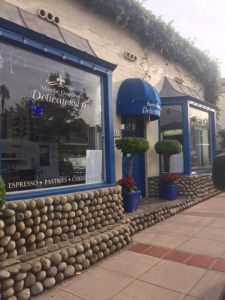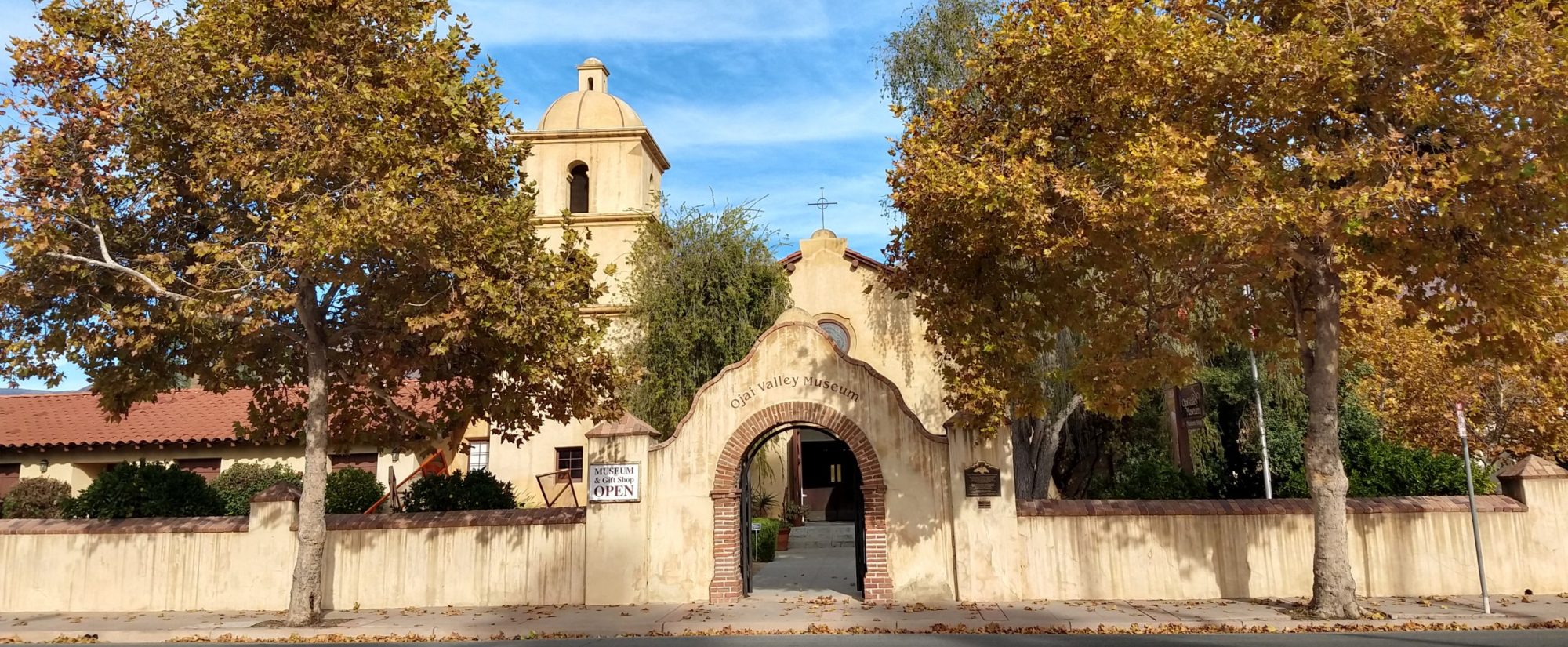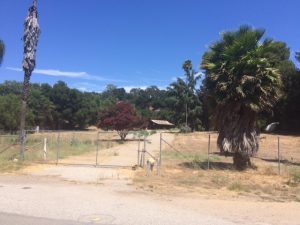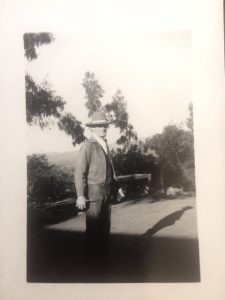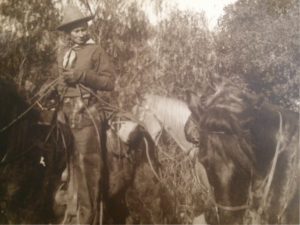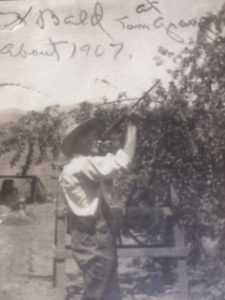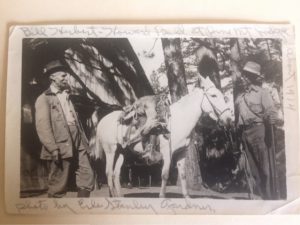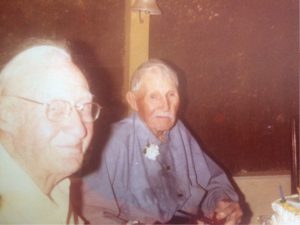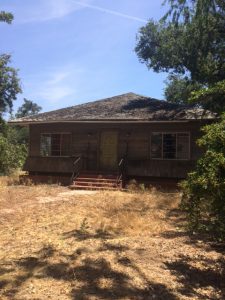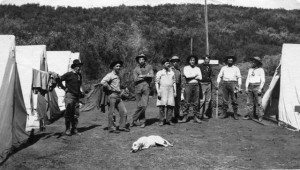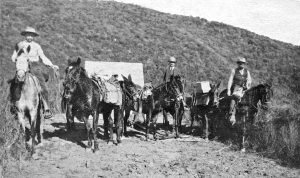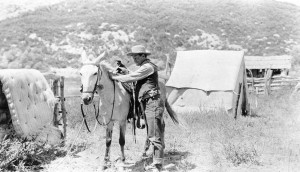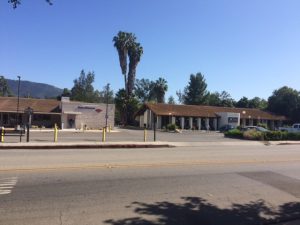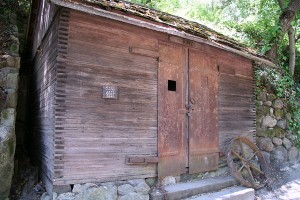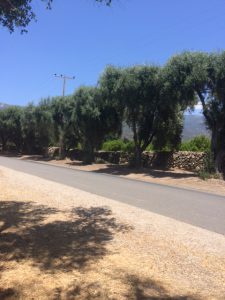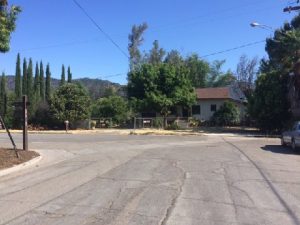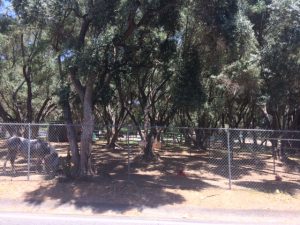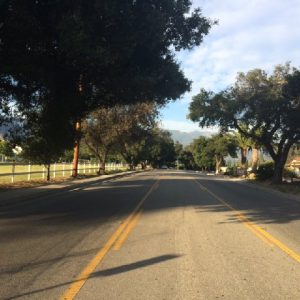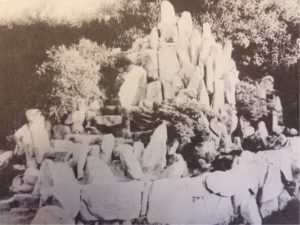This article first appeared in the March 15, 1989 edition of the Ojai Valley News. It is reprinted here with their permission.
Wini’s Love Prompted Meat Loaf Generosity
by
Bob Bryan
Walking down Main Street in Ventura, whom should I run into but Joe Mellein, of the justly famous Mellein family of Ojai.
Now when we Ojailoonlans get beyond the Casitas Pass we tend to get a little nervous, being so far from home. What better way to overcome homesickness than to share a malted milk with a long-time friend. I invited Joe to join me at the Busy Bee Café.
“I’m a milk shake man myself,” Joe said and I told him that was no problem.
The Busy Bee Café in Ventura (much like the Soda Bar and Grill in Ojai) is just the place for milk shakes and malts and nostalgia, all in equally generous portions. With its juke box and its songs of the ’50s (Johnny Mathis was singing “Johnny Angel” as we walked in), and its mini-skirted girls in red, the Busy Bee is just the place for anyone who wishes the ’50s had never stopped.
“How’s the family, Joe?” I ask. “Which ones?” Joe asks and informs me that at the last get-together in Sarzotti Park there were some 90 Mellein family members having at beans and tortillas and steaks and pies, all made in the old-fashioned way. There were about 30 Mellein kids in the 10-year-old bracket which made for a fine frenzy of baseball and volleyball.
Joe and I, perhaps because of the music (now they were playing Chuck Berry’s “Johnny B. Good”) began to talk about what it was like growing up in Ojai in the ’50s. Joe, one of 15 brothers and sisters, did the whole bit: altar boy, Boy Scout (Troop 504 with camping at Lion’s Camp and Rose Valley) and education at St. Thomas and later on at Bonaventure High.
Once, during those days of growing up in the ’50s, Joe and his father and mother (“She’s a beautiful lady and we all love her a lot”) planted a potted liquidamber tree in front of the family home at 506 Fulton St. Now it towers three stories high in all of its glory.
“Hey, remember the Topa Topa Café on Ojai Avenue?” one of us asks.
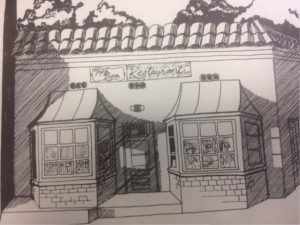
Who among us could possibly forget the Topa Topa Café, that renowned eatery, now an equally renowned bootery, or its meat loaf, served on Thursday, or was it Friday? Or Wini, that somewhat elderly waitress, who either loved your or did not love you. If Wini loved you, your portions of meat loaf were generous and promptly served; if she didn’t love you, you waited and stood a chance of getting a skimpy plate slung in your general direction.
We used to wait for our meat loaf plate at the Topa Topa like betters at the racetrack waiting for the results of a race to be posted. Except we knew that when the results came they were sure to be good: What a notable melange of succulent entrée, garden green string beans, and mashed potatoes swimming in homemade gravy. A vision of delight and a culinary masterpiece at $1.25 per plate.
Topa Topa was a hiring hall as well as an eatery. Many young men, in for breakfast, left with a day’s work as a tree trimmer or gardener before them. Philosophical discussions of the sort that still proliferate in Ojai abounded during these morning hours.
“What’s the meaning of it all?” someone might ask over coffee.
“Damned if I know” someone else might reply.
Back at the Busy Bee Café Joe and I decide, since our moo-cow blood content was still at manageable levels, to have at it once again. “Let me get this round,” Joe states and we split one of those giant vanilla shakes between the two of us.
“Got to go,” Joe says after the final gulp. “I’m having supper at my sister Andrea’s.”
“Is she a good cook?” I ask.
What a question! The Mellein women are not only good cooks, but in many cases, have become mothers of fine boys and girls who in turn become accomplished men and women. Owners of companies, therapists, future Air Force pilots, artists and writers of checks that don’t bounce are all part of the Mellien family. And, of course, pretty girls who know what kissing is about. “The jukebox is now playing Mel Carter’s immortal classic, “Kiss Me and When You Do I Know You’ll Miss Me.”)
“See you later, alligator,” one of us shouts to the other as we head on out the door down the street. Joe to a fine dinner of roast beef at his sister’s, and I back home to the Ojai Valley.
